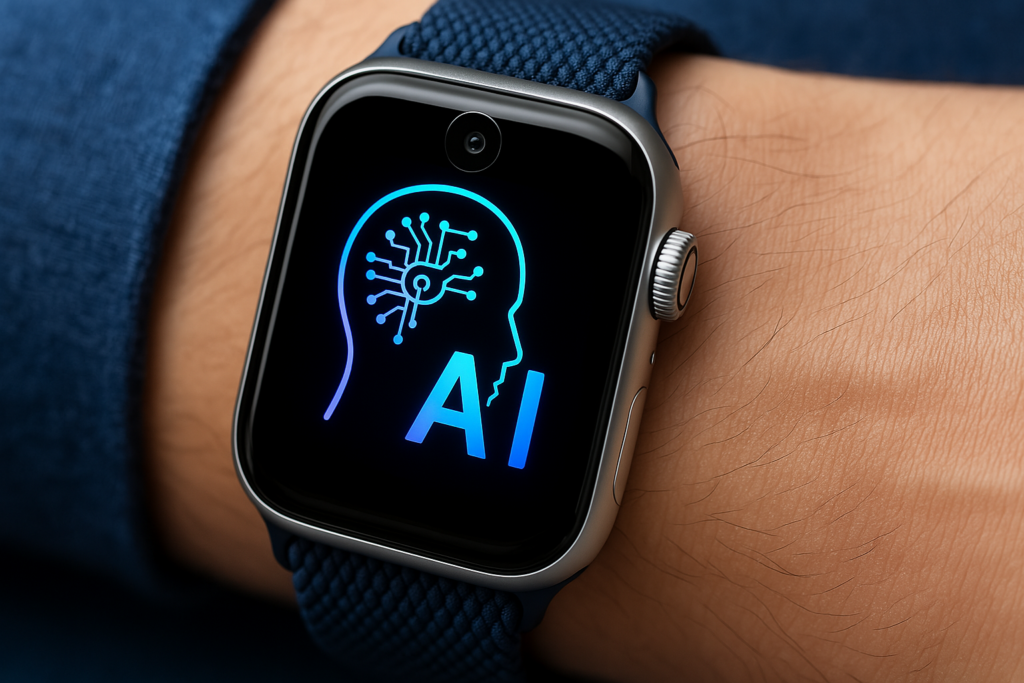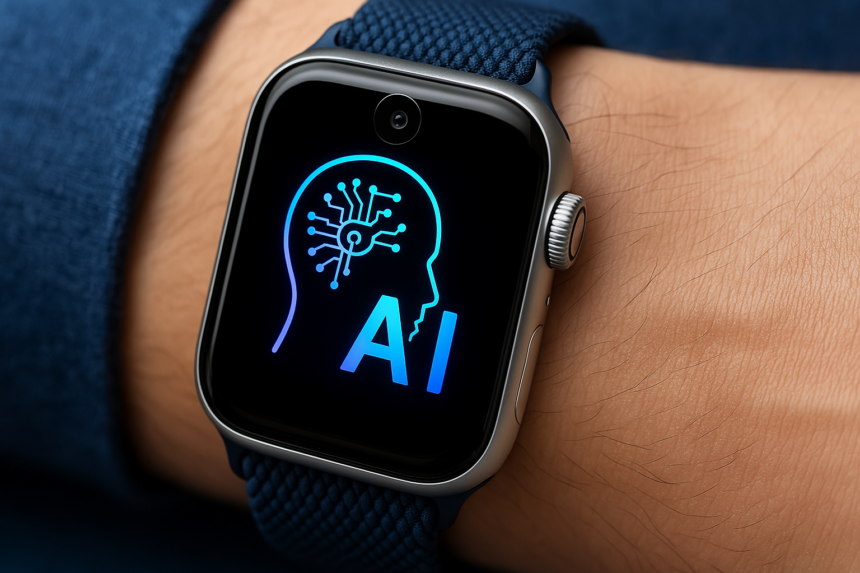Apple’s upcoming series of Apple Watches might push the boundaries of wearable technology by integrating cameras and artificial intelligence (AI). According to a recent report from Bloomberg’s Mark Gurman, Apple plans to incorporate these features into the Apple Watch lineup by 2027. Notably, this update will apply to its standard Series and premium Ultra models, making it one of the most ambitious updates to the smartwatch line in recent years.
The integration of cameras into the Apple Watch is expected to be a game-changer for wearables. In the standard Series watches, the camera will be seamlessly built into the display, while the larger Ultra models will have the camera positioned on the side of the watch, near the side button. This innovative placement is designed to balance usability and form, allowing users to interact with their devices in new ways.
What’s Happening & Why This Matters
The addition of cameras and AI-powered features to the Apple Watch is expected to revolutionize users’ interactions with the device. This feature isn’t just about taking pictures or making videos—Apple’s ultimate goal is to enhance its Visual Intelligence capabilities. Users could point their watch’s camera at an object, such as a plant, and receive an AI-generated description of that object, similar to how the Visual Intelligence function was first introduced on iPhone devices.
This new level of AI integration will allow Apple Watch users to gain real-time insights into the world around them. The AI-driven technology could enable the device to analyze and process visual data to provide detailed context about the user’s environment. This marks a clear shift toward intelligent wearables—devices that don’t just receive commands but actively interpret and respond to the user’s surroundings.
Moreover, Gurman predicts that these new features could be central to Apple’s future product strategy, with Visual Intelligence becoming integral to all its devices. Apple is working on its own AI models to power this feature, moving away from its reliance on third-party AI models from companies like OpenAI and Google. With this shift, Apple is positioning itself at the forefront of AI technology within its ecosystem, creating more seamless integrations across its entire product line.

However, not all consumers may be on board with these advanced AI features. A Sellcell.com survey of iPhone and Samsung users found that a large portion felt the AI features on their devices were not providing much value. According to the study, 73% of iPhone and 87% of Samsung users expressed dissatisfaction with their current AI capabilities. This raises the question: will Apple Watch AI features resonate with users, mainly since the Apple Watch has primarily been marketed for fitness tracking and notifications?
Apple’s new venture into AI-driven wearables could redefine the Apple Watch, transitioning it from a device that primarily manages notifications and health data to one that interacts more deeply with the environment. Whether or not these AI-powered cameras and features will succeed depends on whether consumers see true value in them.
TF Summary: What’s Next
The potential integration of AI and camera technology into Apple’s Apple Watch lineup by 2027 promises to profoundly enhance the device’s capabilities. However, the success of these features will depend on how well they address user needs and whether they offer tangible benefits beyond the current smartwatch capabilities. Apple’s move to develop its AI models also signals that the company is serious about expanding its AI ecosystem across all its devices, which could set the stage for a new wave of innovations in wearable technology.
As the rollout approaches, users will be eager to see whether Apple’s next-generation wearables can meet expectations. If successful, these new AI features could spark a broader shift in how wearables are used, making them more intuitive, informative, and interactive.
— Text-to-Speech (TTS) provided by gspeech


